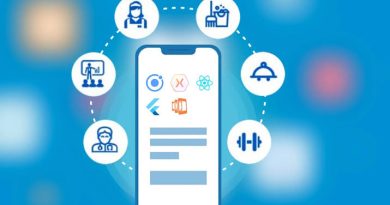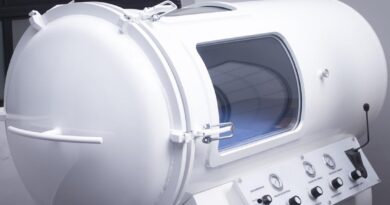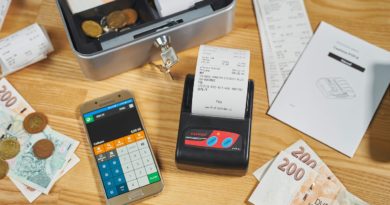An Electronic ‘Tongue’ Identifies Types Of Liquid With Artificial Intelligence
An IBM Research team in Zurich (Switzerland) has developed Hypertaste, an electronic ‘language’ that is inspired by the functioning of the sense of human taste. The technology detects and analyzes different types of liquid quickly (less than 1 minute) and without having to go to a laboratory. This new technology can be applied, among others, in the biomedical sector and in water quality analysis.
As the firm says in a statement, this small circular device is partially introduced into the liquids you want to study. To perform the analysis and detection of the fluid, use artificial intelligence and a set of multi sensitive electrochemical sensors, each consisting of pairs of electrodes.
Complex liquids contain many different molecules and it is the combination of all of them that distinguishes them from each other. Therefore, in order to identify them, it is necessary to analyze their molecules as a whole.
Just as the sense of taste or smell does not have a receptor for each molecule of food, but reacts from a specific combination, Hypertaste sensors are able to respond simultaneously to different chemical compounds. Thus, through the combination of these different sensors, a holistic analysis of the set of components of a liquid can be performed and its ‘fingerprint’ can be found.
All the data collected is transferred through a mobile application to the cloud, where an automatic learning algorithm compares this fingerprint with a database with information on known liquids. The algorithm determines which liquids in the database are chemically similar to the liquid being investigated.

A key aspect in this whole process is the ‘training’ that the Hypertaste machine learning algorithm receives, which teaches you to recognize the characteristic pattern of voltage signals of a specific liquid, by multiple measurements of that pattern.
Among the applications of this new technology are the pharmaceutical and health sector, in addition to those related to the quality of river or lake water. It could also be used to verify the quality of certain products.
According to the creators, in the future, Hypertaste could even detect the fingerprint of other even more complex liquids. In the long term, it could, for example, take urine samples from a person and help to obtain an evaluation of the metabolic fingerprint, which can be understood as the sum of all the small molecules present in a living organism. As this chemical information is constantly changing (depending on factors such as lifestyle or nutrition) this metabolic fingerprint could help to have a ‘snapshot’ of a person’s health at a given time.


